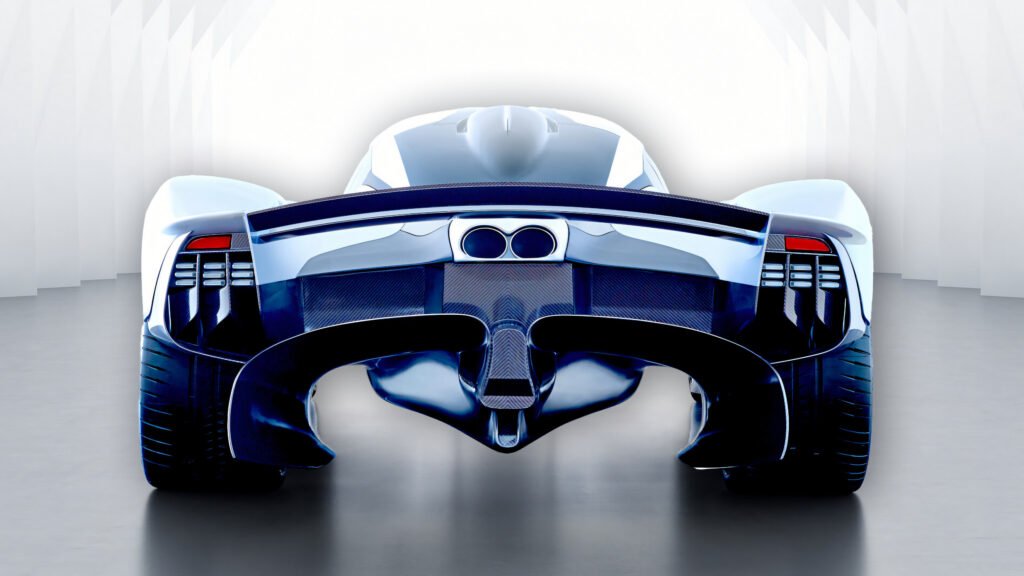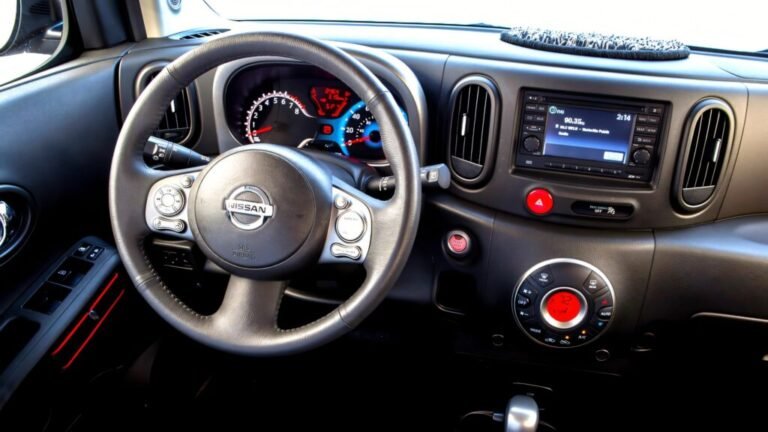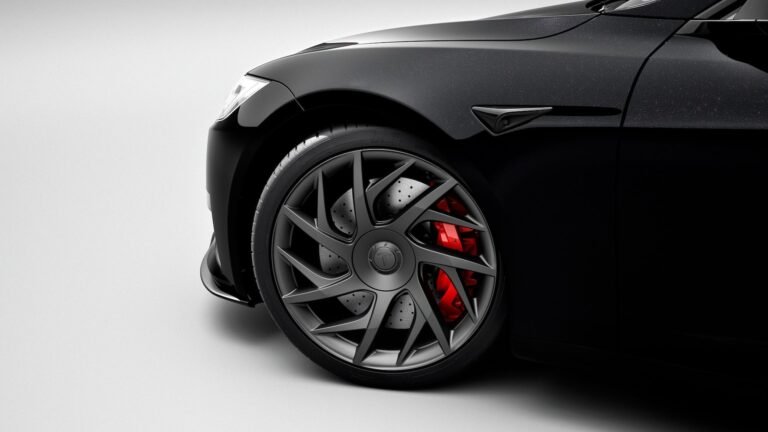

- Aston Martin’s hypercar churns out 1,160 hp thanks to a hybridized naturally aspirated V12.
- The engine is so loud, drivers must wear special headphones that transmit environment’s noise.
- However, in one car that system failed almost causing an accident, and the owner is now suing.
Aston Martin’s $3.5 million Valkyrie hypercar was meant to be the pinnacle of road-going performance. An F1-inspired machine with a screaming V12, cutting-edge tech, and the brand’s pride on full display. But for one German owner, it’s been anything but heroic.
After just 441 kilometers (274 miles) in three years, a combination of malfunctions, legal drama, and a brush with disaster has turned his ownership experience into a complete nightmare.
A Near Miss with An Ambulance
Speaking to German magazine Handelsblatt under the pseudonym “Kunze,” the disgruntled owner revealed he purchased the hypercar for 3 million euros ($3.46 million at current exchange rates) in February 2022, no doubt lured by its aggressive shape, extraordinary performance, racecar-like interior and the promise of an experience that gets as close to racing while being street-legal and cruising down the road.
More: Just Ten People Can Buy Aston Martin’s New Hypercar
Unfortunately, Herr Kunze didn’t get to savior it. Many problems were present right off the bat, but what broke the camel’s back and made him sue Aston Martin was the fact that he almost crashed into an ambulance. No, according to him, he wasn’t being reckless; the car itself malfunctioned or, specifically, one of its safety features did.

Because the Cosworth-developed V12, which pumps out around 1,000 hp (making it the most powerful naturally aspirated production engine ever), redlines at a staggering 11,000 rpm, and is loud enough to make your ears beg for mercy, every Valkyrie comes with special headphones. These headphones are connected to external microphones and must be worn by the driver at all times, ensuring they stay aware of their surroundings while revving the beast.
On August 24, 2024, the system allegedly failed and Kunze nearly crashed into an ambulance despite the latter sounding its horn. “It was only thanks to the quick reaction and driving skills of the ambulance driver that a fatal accident was avoided,” the Aston’s driver said. A lawsuit followed shortly after and, as noted by Handelsblatt, his lawyer, Marco Rogert, claims that Kunze hasn’t dared drive his Aston since.
Danger – High Voltage System Failure
This wasn’t an isolated incident, though; as stated in the lawsuit, issues began right after the hypercar was delivered. After a few hundred miles, all sorts of warning lights started flashing and the high-voltage system failed. Thus, instead of roaming the Autobahn, the Valkyrie was transported to the service center to get fixed.

One might say that teething problems are to be expected in such a complex hypercar whose V12 is supplemented by an F1-like KERS hybrid system that adds an extra 160 hp. The suit alleges that these issues are unacceptable in any new car irrespective of its pricing, never mind one that costs more than three million.
More: Aston Martin Valkyrie Smashes Top Gear Lap Record
“I’m fed up with Aston Martin,” he told the Aachen Regional Court, simply because his Valkyrie had more defects “than all my other cars combined.” And judging by the amount he paid for the Aston, he must be able to afford quite a few in his garage.
He asked for a reversal of the purchase, to which Aston Martin simply said no, insisting that it had delivered a “flawless vehicle”. Its owner didn’t think as much though: apart from the hybrid system, the Valkyrie’s “Rocket Locker”, a system that stops the hydraulic suspension from sinking when power is cut off was removed without Kunze being informed, damaging the car. Add other damages that occurred during transport to the workshop, and it’s easy to see why he wanted Aston to take back the Valkyrie.
On its part, the British brand claims that even if it agreed to take the car back, it would charge Kunze €55,000 ($63,400) for the 271 miles (441 kilometers) the Valkyrie had been driven. It doesn’t take a calculator to see that each mile is costing a small fortune, no matter how deep your pockets are.
Aston Doesn’t Really Expect You To Drive The Valkyrie
Apparently, Aston is cool with that as it expects its clients to not drive its hypercar: “Most owners drive around 300, and certainly no more than 1,000 kilometers per year,” is said, according to the German outlet Handelsblatt. While this may indeed be true for most, a brand deadpanning that you aren’t supposed to drive the car you paid millions for is absurd, if not outright cynical.
The company also noted that driving a super sports car for extended periods can rack up additional costs. As an example, they pointed out that after 50,000 kilometers (31,000 miles), the “entire transmission” will need replacing.

Things don’t stop there, though. The automaker says that the “Rocket Locker” damage wasn’t caused by a system failure. Instead, it writes that they are “typical signs of wear or marks that arise from improper wheel replacement. In this context, we point out that the plaintiff insisted on changing the wheels on the vehicle himself and even purchased a jack set from the defendant specifically for this purpose.”
In any case, the British brand tried to get the case tried in Great Britain, where the car is made, as stipulated by the buying agreement, and not Germany. However, European consumer protection laws allow for legal action at the buyer’s place of residence.
“No Deal – I Want To Enjoy Cars, Not Discuss Them”
Before the two parties engaged in battle, the court proposed a settlement, but Kunze wasn’t having any of it: “I don’t want to have a discussion about a car,” Kunze said. “I just want to enjoy it.” Clearly, he has an axe to grind and, if his claims are true, we can’t really blame him.
Now, the two sides have six weeks to submit additional statements. If the Aachen Regional Court declines jurisdiction, Kunze may be forced to take the case to a British court, likely adding to his frustration and determination to make Aston Martin pay for what he describes as a “Monday car.”


